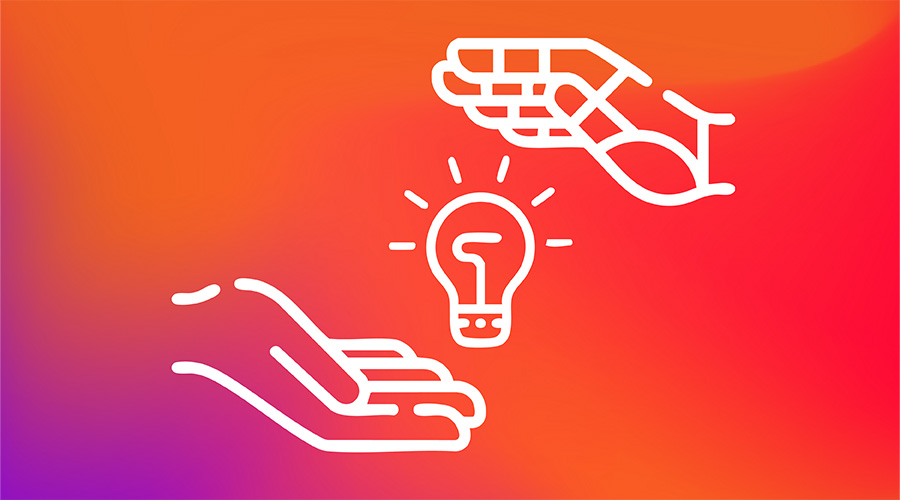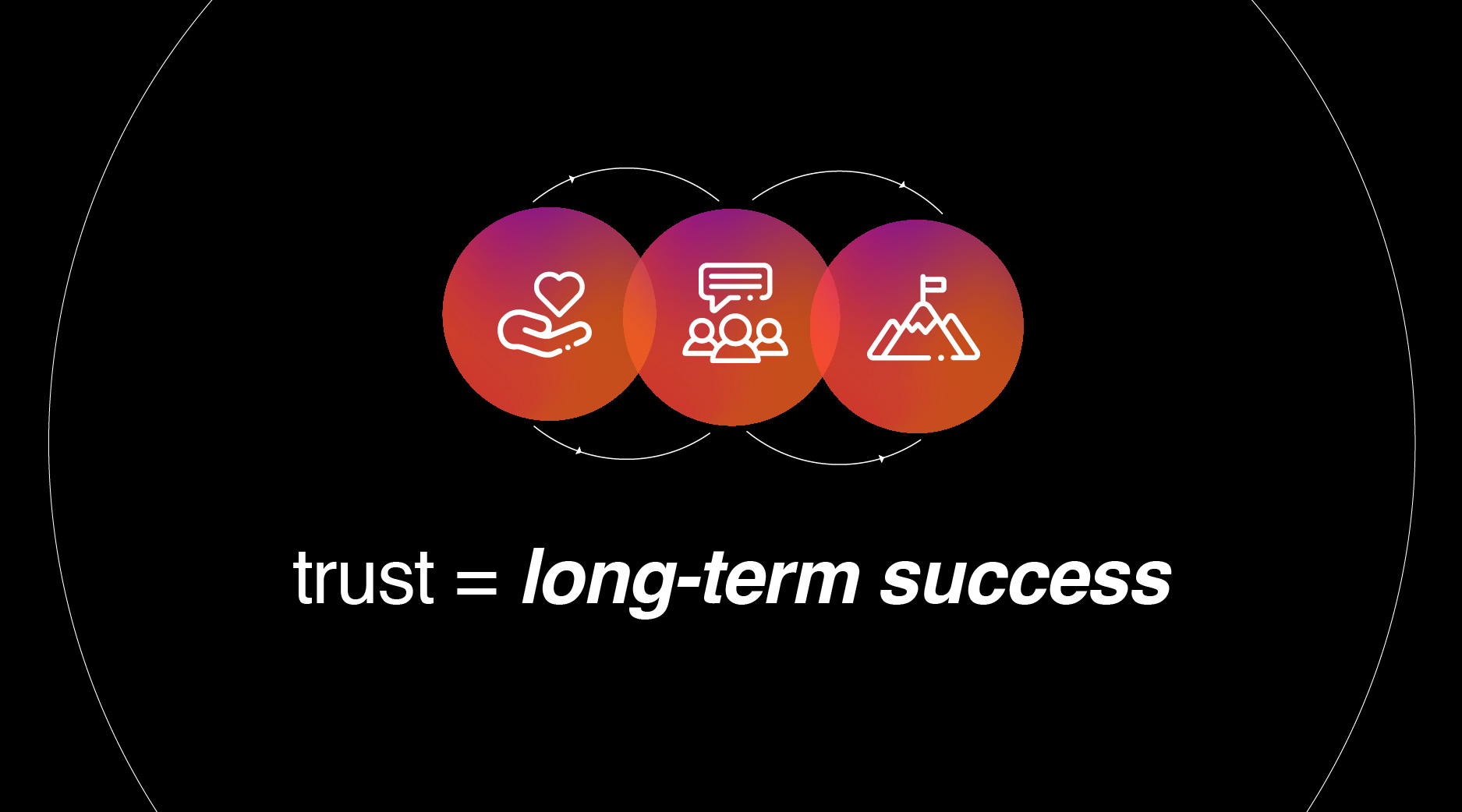These days, with ever-tightening budgets, it is increasingly important to get the biggest return for your marketing dollars. It doesn’t matter whether you want to drive more customers to your brick and mortar store or increase visitors to your website, knowing who your current customers are is one of the best ways to start.
From there, you can create buyer personas that will help identify your ideal potential customers, find where they spend time and then target them with the most relevant message.
What is a Buyer Persona?
Built from the real thoughts and words of real buyers, a buyer persona will tell you what potential customers are thinking and doing as they progress through their personal buying process.
A persona is a representation of a segment of similarly aligned traits and characteristics, which could include – but certainly are not limited to – age range, gender, location, marital and family status, interests and buying habits.
It’s more than just a cursory profiling, but rather insights into your buyer’s attitude, motivations and concerns that drive them to choose your company or your competitor. Overall, the goal is to know who the person is, what they value and how best to speak to them.
How Do I Create a Persona?
The most simple and rudimentary way is to start by talking to and observing your existing customers. Let their answers prompt your subsequent questions. By letting them dictate the conversation flow, you can see what is important to them, not what questions are important to you.
Ultimately though, you will still need to guide the conversation to ensure consistency of the questions posed so you don’t end up with gaps in the findings. Ideally, you want to find out what makes them tick, what they like to do and what limitations they might have when making buying decisions. After having enough of these conversations, you can start to align insights with online behavior and you’ll start to notice trends and similarities. You can then begin to group similar people into categories; age, location, gender and hobbies for example. These groupings become the personas.
To start, we recommended creating three to five personas to represent your customer base; this number is big enough to cover the majority of your customers, yet small enough to still carry the value of specificity. According to industry influencer Mark W. Schaefer, three to four personas usually accounts for over 90 percent of a company’s sales.
You will also want to give each persona a name that fits and maybe even an image that best represents the category. Once each personas has a name, they become real and not just a list, and will be easier to differentiate between and discuss each among colleagues in a simple, easy way.
If you are already creating and utilizing personas, your work is not over.
“In my experience doing persona work for Fortune 500 companies, marketers should review and potentially refresh their personas every two to three years,” said Dan Eizans, industry influencer and owner of Daniel Eizans Strategy Services. “It’s important to remember that your personas will evolve as your business does – the more you learn, the more you will be able to drill down to your core customers,” added Eizans.
What Do I Do Once My Personas are Complete?
Knowing more about who you want to target will make your marketing decisions easier. Let’s say a sales rep calls and wants you to place an ad in XYZ magazine. Armed with personas, you now know that your customer based doesn’t read that type of publication. That makes your decision an easy “no”.
On the other hand, knowing that one or more of your personas prefers to get their news from internet sources rather than at the point of purchase, you can now allocate your ad spending to more targeted efforts, such as social and banner ads. And even take it a step further by targeted based on interest and behavior. From here, consider A/B testing your message to the audience. This will further enhance your personas and your marketing efforts down the road. Behaviorally targeted ads are twice as effective as non-targeted ads, according to HiP B2B.
Marketing in places your target customers aren’t looking is just wasted time, and more importantly, money. If you’re not considering creating personas based on your current and potential customers, you might already be behind. As the world of marketing continues to get more complex, targeted, personalized messaging will prevail.
So, Let’s Recap:
- Start by talking with your current customers
- Identify trends and similarities
- Create three to five personas
- Give them names and an image
- Use the personas to make better marketing decisions
- Target each persona with the most relevant messaging
Today, one-on-one marketing means we need to know our customers on a deeper level than ever before. Customers can turn off our messages on TV or Facebook anytime they want. If you don’t understand who you’re talking to and if the message is not relevant, they may not talk to you.





